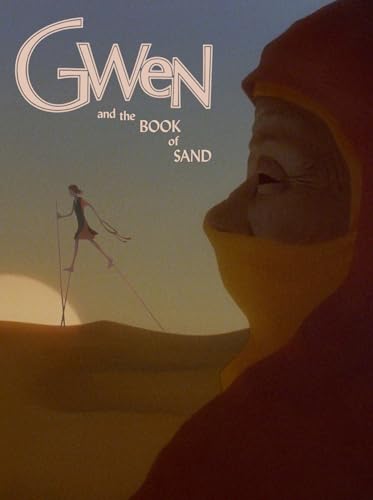Reflet dans un diamant mort
366 Weird Movies may earn commissions from purchases made through product links.

DIRECTED BY: Hélène Cattet, Bruno Forzani
FEATURING: Yannick Renier, Céline Camara, Fabio Testi, Koen De Bouw, Thi-Mai Nguyen, Maria de Medeiros
PLOT: Retired superspy John D. finds his routine of drinking by the seaside interrupted when a lithe body washes ashore, triggering chaotic flashbacks to his days as a secret agent.

WHY IT MIGHT JOIN THE APOCRYPHA: Cattet & Forzani whirl their inspirations in a blender while pushing a cornucopia of sub-genres up to and past the breaking point — including the popular kink, “CMNKWF”. (That’s “Clothed Male, Naked Katana-Wielding Female,” for those not in the loop.)
COMMENTS: There are two early giveaways that Reflections is going to be an oddity of excess. One is the long list of production companies. This is not uncommon for smaller-budget European films, but Cattet’s and Forzani’s film goes a bit beyond that, suggesting the filmmakers needed to scrape around to find brave investors. The second, foreshadowing the coming bombast, also appears in the credits: a blast of hyper-Bondian murder blasts and stabbings, with diamonds erupting from the colorful silhouettes of the victims, before a pleasure boat sinks down behind a growing blood-water column of text. And, as this is a European spy movie, there’s also the early topless scene, wherein a young woman exposes her breasts while tanning in a hotel’s private beach—exposing the diamond piercings that set off our film’s hero’s chain of memories.
And what a hero! Old John D. has the weathered good lucks of an erstwhile man of action, and young John D. has all the panache, pluck, and pizzazz that might reasonably (indeed, perhaps unreasonably) distilled into one superspy. The developments are a little hard to follow at the start, with intercuts of Old and Young John’s adventures. By the third act, we’re facing a massive explosion of double-dealings, glorious gadgetry, and face after face torn and otherwise peeled from John’s ultimate adversary, the manifestly deadly femme known only as “Serpentika”.
Cattet and Forzani exist somewhere above the speed of Ritchie and the grisliness of Tarantino, all while flirting with—and, on occasion, ravishing—the ambiguous meta-cinematic maneuvers of Fellini. With little room to breathe between outlandish capering (at least Old John’s timeline travels at a somewhat staid pace), the combined effect of the various shady machinations is to leave the viewer benumbed with bloody scintillation. Clawing together coherent memories of the chain of events, I can only roughly recall that one of Young John’s charges, an oil mega-baron, was murdered—but not before he kills John’s true love, a dashing young Black woman clad in a high-tech mirror dress, segments of which she leaves behind to allow John to follow her.
Or does the evil oil baron murder her? The narrator’s recollections are as murky as his cocktails. But there are roulette wheel orgasms, pentuplicate ninjas, art-and-murder by oil slick, and an unbelievable parade of increasingly dangerous (and art-house-styled) rogues standing between John and his vengeance. After you watch Reflections in a Dead Diamond, you will clamor for these Belgians to craft the next Bond movie. I’m sure the suits in charge of the franchise will gladly sacrifice the 100% clarity for the 100% boost in oomph and style.
WHAT THE CRITICS SAY:




